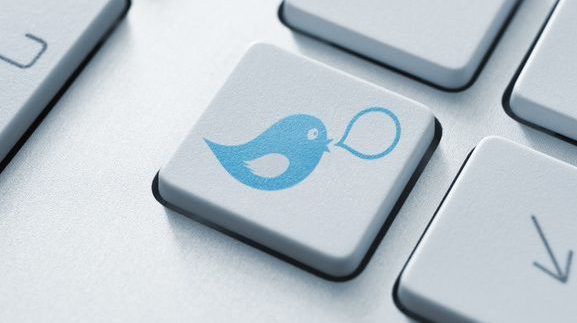Whether your professional athletic career ends due to injury or through planned retirement, stepping away from the proverbial spotlight for many can be traumatic. One way to lessen the sting of this life change is to have a plan in place to transition your career, and ultimately, your personal brand. Doing so will allow for you to continue to capitalize on your recent celebrity.
Extending your celebrity is about more than just ego. In fact, 80 percent of professional athletes’ earnings will likely come from 20 percent of their career. Establishing a strong personal branding during your playing days will allow you to maintain your celebrity status after you’ve entered the private sector—and help provide greater visibility and likely more income.
Take heart. All is not lost if you’ve long since retired and are now deciding to tend to your personal brand. Every day is a new day to take corrective action and bring yourself back into the spotlight.
You may be reading this thinking to yourself, “I am years from retirement, I don’t need to be thinking about this.” On the contrary. Now’s the perfect time for to begin thinking about this. A longer runway always allows for a smoother takeoff, so five to 10 years before you plan to retire is an optimal period to transition your brand from superstar athlete to superstar (fill in the blank).
Below are some tips and tools you may use to transition your brand into your non-playing years.
Find your (new) passion
You’ve spent so much time focusing on sports that you likely haven’t had much time to sit and ponder what’s next. Start by thinking about what you’re passionate about or are interested in. Take meetings with successful people in those industries and find out what makes sense for you. Don’t get overwhelmed with the idea that this next career move must take you all the way to your grave. There’s always more time to pivot, but you should at least select a destination post-sports to focus your brand.
If at all possible, start working on or in your new industry prior to ending your athletic career. Take an internship or do some job shadowing during the off season so that you can truly get your feet wet in the new field. While on the job, capture and document your experience as that content will become helpful later on.
Update your narrative
Once you feel like you have a post-sports destination in mind, that’s the time to start updating your message. For so long your narrative has been “(Insert name) the athlete…” Now you need to redraft your narrative to include your new endeavors—and develop simple but powerful language that lends credibility as to why your audiences should believe that you are—or will be—a thought leader in this new industry.
Streamline your platforms
Often successful athletes will amass a large digital footprint during their playing years, i.e. building websites and social media platforms to support their brand as well as their corporate and philanthropic endeavors. As a result, their brand is fragmented and it becomes difficult for audiences to know where to engage with them in their non-playing years. Prior to launching new content, you should conduct a brand audit and remove or edit any and all online information.
Introduce new content to your current brand
Once you’ve identified your new venture, have a little knowledge under your belt, and have updated your message, it’s time to start integrating the “new you” content in with your existing brand. If you’re still playing, you’ll want to introduce content slowly so as not to confuse your audience.
The content created for your new role should not try to oversell your abilities or influence in this new space. Be authentic and allow yourself to talk the talk and walk the walk. Create content pieces like blogs, video, articles, and social media posts that differentiate you from your peers and demonstrate why you’re passionate about your new endeavor. Most importantly, show that you’ve done your homework and are educated about and engaged in your new career.
Don’t leave money on the table
Often athletes will agree to appearances or be willing to lend their image to a campaign without asking what’s in it for them. This makes sense while you’re actively playing, but you no longer have that luxury once you retire. Maintaining and growing your celebrity starts with being selective about where you donate your time and image. It’s not uncommon for celebrities to hire or appoint someone to manage this task If they are not comfortable or do not feel they know enough to properly vet appearance or campaign requests. Failing to do so can result in diminished short and long-term financial gain and strategic visibility.
Transitioning from professional player to coach, business person, philanthropist, etc. will be one of the biggest transitions—emotionally and financially—that you’ll ever make. If it all seems too overwhelming to think about on your own, then seek the guidance of a professional to walk you through it. Every day I help athletes transition their brand. There’s too much earning potential on the line to simply hope it all works out.

